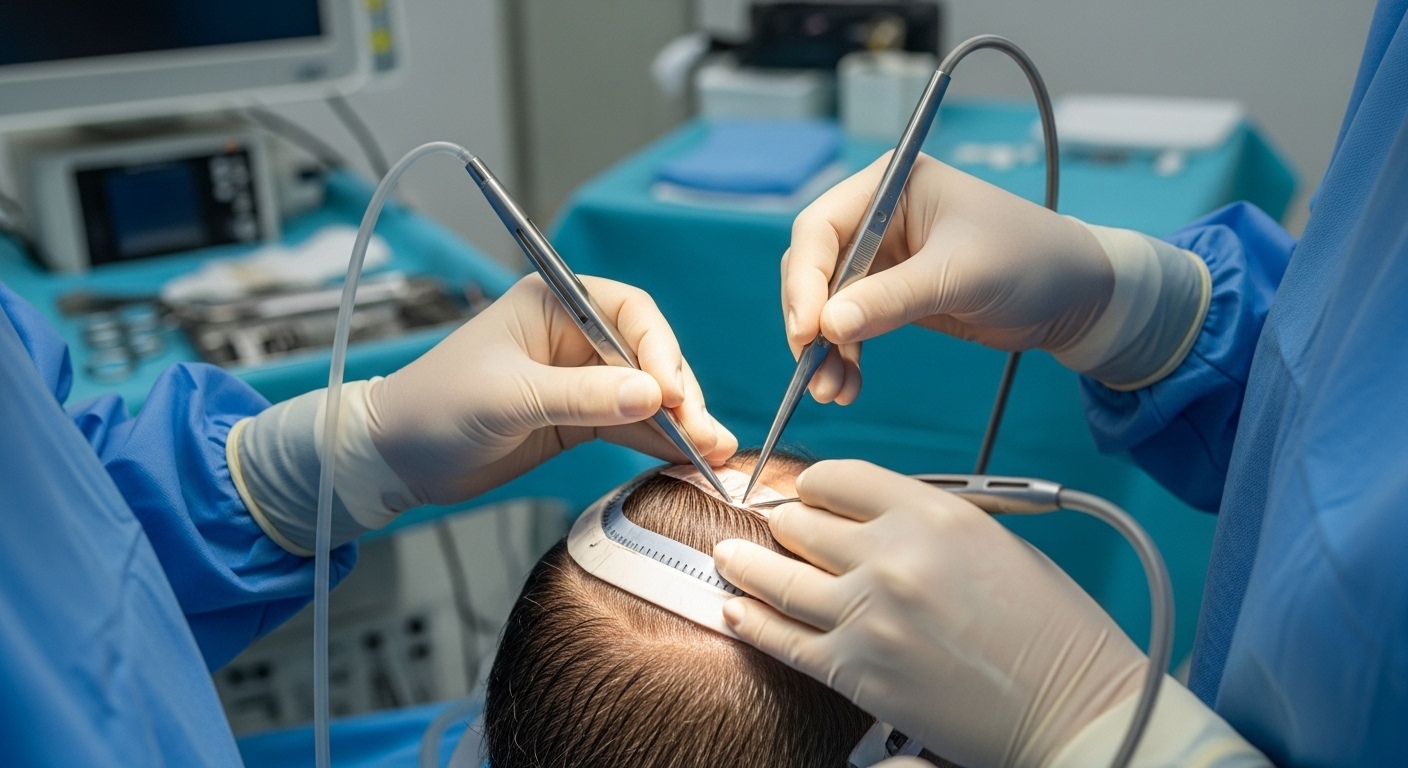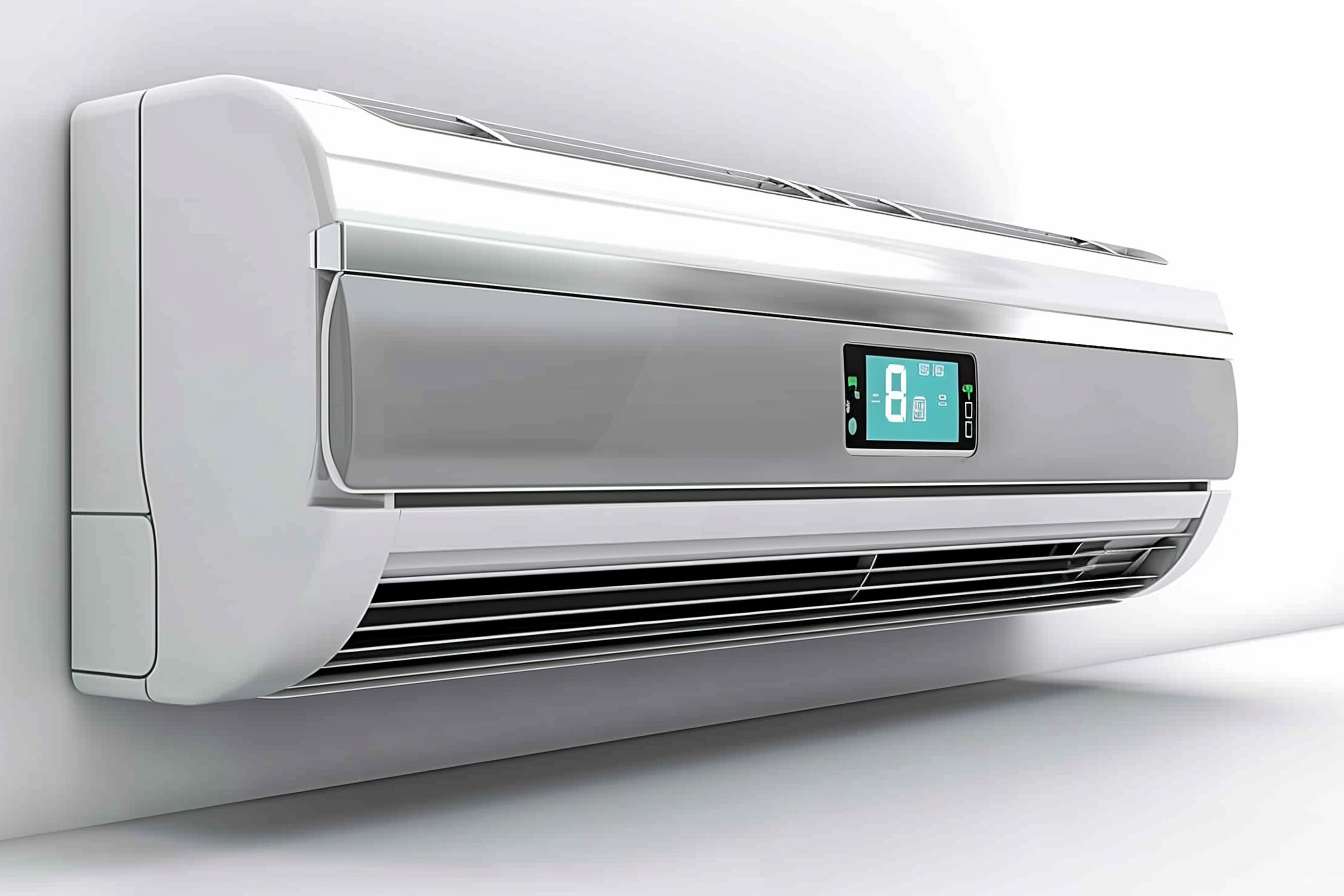Understanding Rhinoplasty: A Comprehensive Guide to Nose Surgery
Rhinoplasty, commonly known as a "nose job," is a surgical procedure that alters the shape, size, or function of the nose. This popular cosmetic and medical intervention can address both aesthetic concerns and breathing difficulties. As one of the most frequently performed plastic surgeries worldwide, rhinoplasty requires careful consideration and expert execution.

-
Correcting breathing problems caused by structural defects
-
Repairing nasal injuries or congenital deformities
-
Boosting self-confidence and improving overall appearance
The decision to undergo rhinoplasty is personal and should be made after thorough consultation with a qualified surgeon.
How is rhinoplasty surgery performed?
Rhinoplasty is typically an outpatient procedure performed under general anesthesia. The surgery can take 1-3 hours, depending on complexity. There are two main approaches:
-
Open rhinoplasty: The surgeon makes a small incision across the columella (tissue between nostrils), allowing better access to nasal structures.
-
Closed rhinoplasty: Incisions are made inside the nostrils, leaving no visible external scars.
During the procedure, the surgeon carefully manipulates bone, cartilage, and soft tissue to achieve the desired result. They may use grafts from other body parts to build up or support certain areas of the nose.
What qualifications should a rhinoplasty surgeon have?
Choosing the right surgeon is crucial for a successful rhinoplasty. Look for the following qualifications:
-
Board certification in plastic surgery or otolaryngology (ear, nose, and throat specialty)
-
Extensive experience specifically in rhinoplasty procedures
-
Before-and-after photos of previous patients
-
Positive patient reviews and testimonials
-
Membership in professional organizations like the American Society of Plastic Surgeons
A skilled rhinoplasty surgeon should have a deep understanding of nasal anatomy, aesthetics, and function. They should be able to create a customized surgical plan that addresses your unique needs and goals.
What is the recovery process like after rhinoplasty?
The recovery timeline for rhinoplasty varies from patient to patient, but generally follows this pattern:
-
Immediate post-op: Patients typically go home the same day with nasal packing and a splint.
-
First week: Significant swelling and bruising occur. The splint is usually removed after 5-7 days.
-
Weeks 2-3: Most swelling subsides, and patients can return to work or school.
-
Months 1-3: The nose continues to heal, and results become more apparent.
-
Up to one year: Final results settle as residual swelling resolves completely.
During recovery, patients should avoid strenuous activities, protect the nose from impact, and follow their surgeon’s post-operative care instructions carefully.
What are the potential risks and complications of rhinoplasty?
While rhinoplasty is generally safe when performed by a qualified surgeon, all surgeries carry some risks. Potential complications include:
-
Infection
-
Bleeding
-
Adverse reaction to anesthesia
-
Unsatisfactory aesthetic results
-
Breathing difficulties
-
Skin discoloration
-
Scarring
-
Need for revision surgery
Choosing an experienced surgeon and following all pre- and post-operative instructions can help minimize these risks.
How much does rhinoplasty cost?
The cost of rhinoplasty varies widely depending on factors such as surgeon expertise, geographic location, and the complexity of the procedure. Here’s a general overview of rhinoplasty costs in the United States:
| Provider Type | Average Cost Range | Additional Fees |
|---|---|---|
| Board-Certified Plastic Surgeon | $5,000 - $15,000 | Anesthesia, facility fees |
| ENT Specialist | $4,000 - $12,000 | Anesthesia, facility fees |
| Cosmetic Surgery Center | $3,500 - $10,000 | May include all fees |
Prices, rates, or cost estimates mentioned in this article are based on the latest available information but may change over time. Independent research is advised before making financial decisions.
It’s important to note that insurance typically doesn’t cover rhinoplasty for cosmetic reasons. However, if the procedure is deemed medically necessary (e.g., to correct breathing problems), insurance may cover part or all of the cost.
Rhinoplasty is a complex surgical procedure that can dramatically improve both the appearance and function of the nose. By understanding the process, choosing a qualified surgeon, and having realistic expectations, patients can achieve satisfying results. Always consult with a board-certified plastic surgeon or ENT specialist to determine if rhinoplasty is right for you and to develop a personalized treatment plan.
This article is for informational purposes only and should not be considered medical advice. Please consult a qualified healthcare professional for personalized guidance and treatment.






